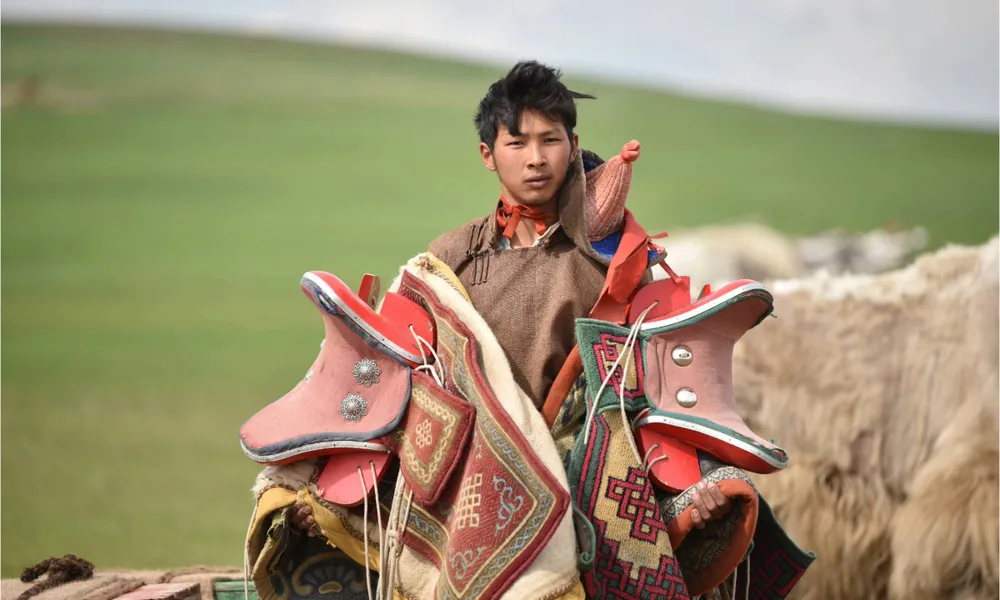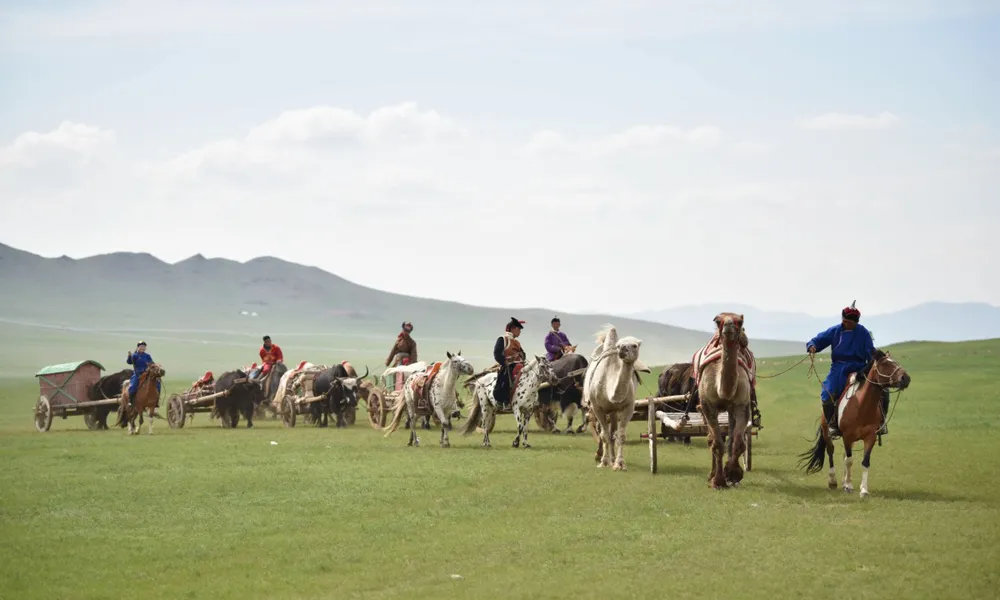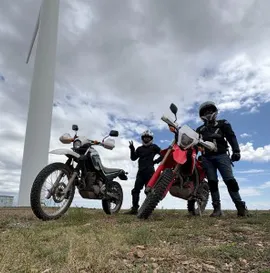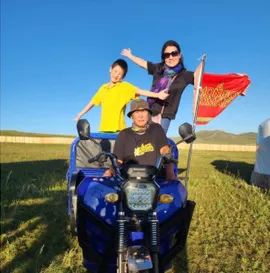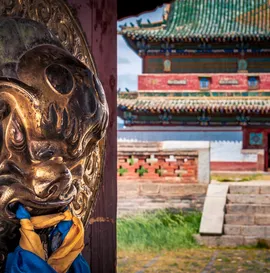Around Ulaanbaatar
Within 100 km—lies a rich circle of nature, history, and culture that frames the city beautifully. These destinations offer quick escapes and deep impressions, perfect for day trips or short overnights.
 Loading
Loading
Within 100 km—lies a rich circle of nature, history, and culture that frames the city beautifully. These destinations offer quick escapes and deep impressions, perfect for day trips or short overnights.
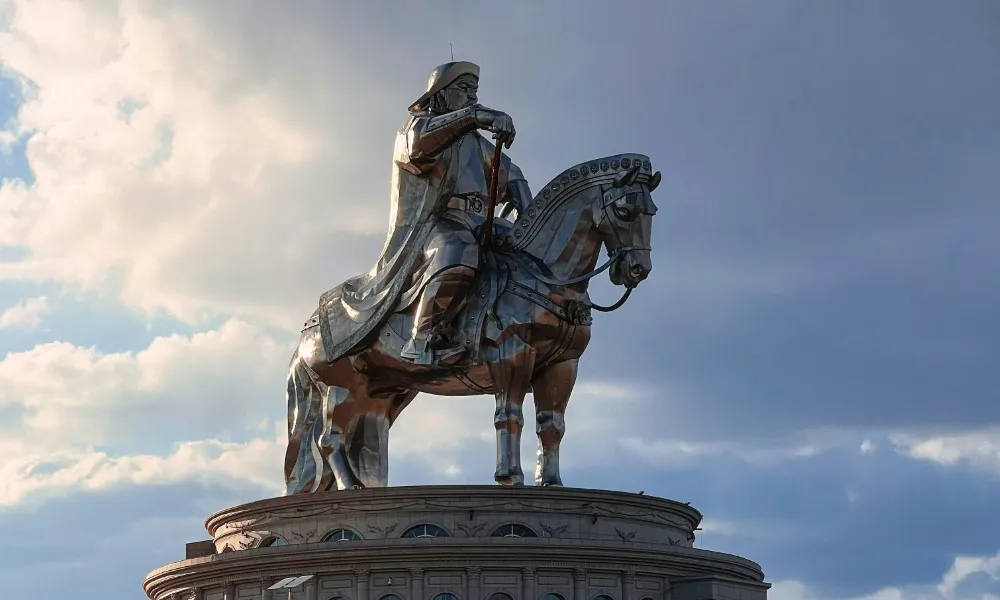
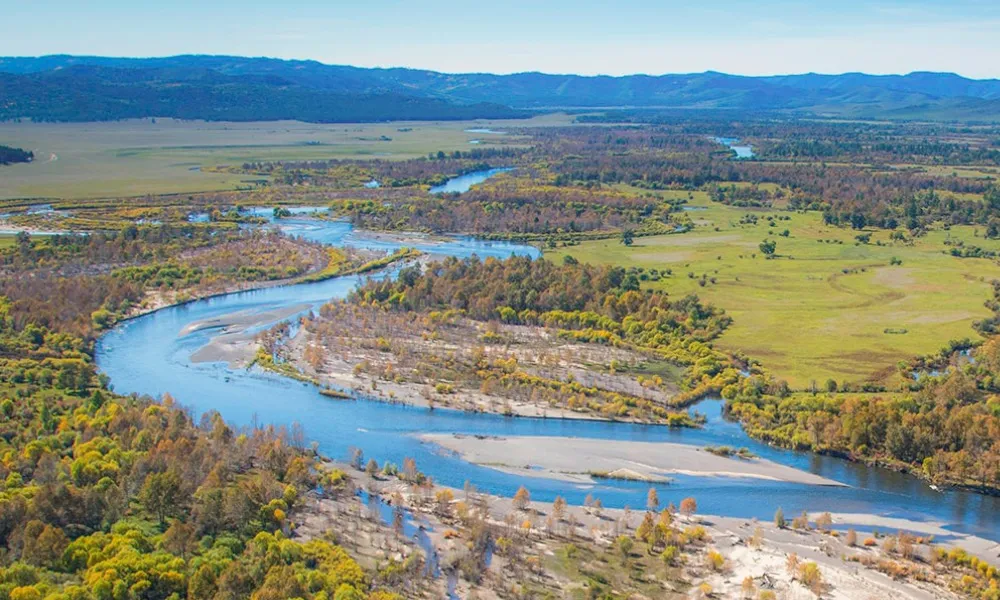
Just 60–70 km northeast of Ulaanbaatar, is a year-round escape into nature. Its dramatic granite formations, alpine meadows, and forested hills, anchored by the iconic Turtle Rock offers hiking, horse riding, and visits to nomadic families. The hilltop Ariyabal Meditation Temple adds spiritual calm and panoramic views. In winter, Terelj transforms: dog sledding, ziplining, snowshoeing, ice skating on frozen rivers, and even rock climbing on icy outcrops draw adventurers. With cozy Ger camps and crisp mountain air, Terelj offers both summer vibrance and winter stillness close to the city, yet deeply Mongolian.
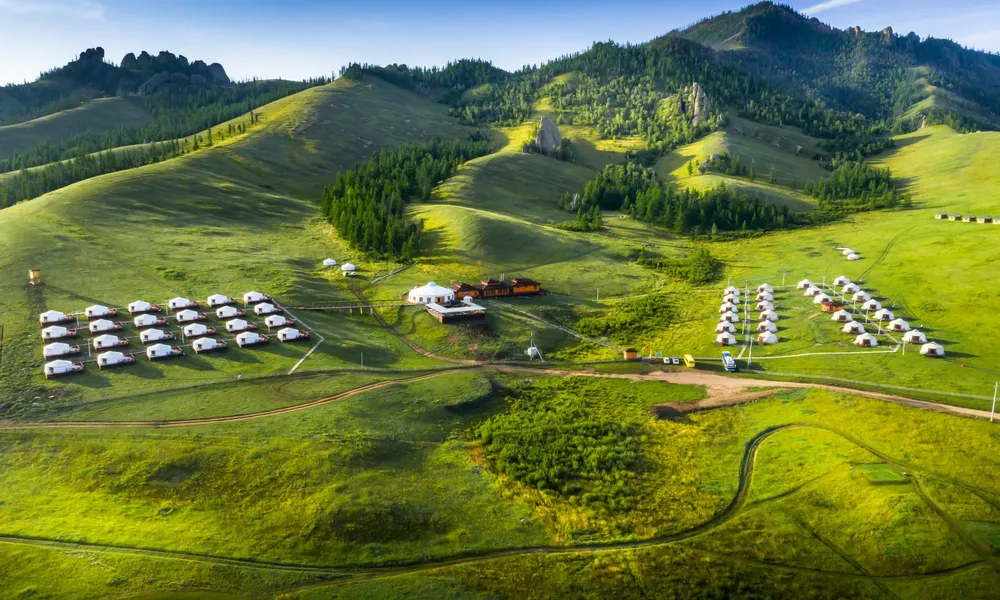
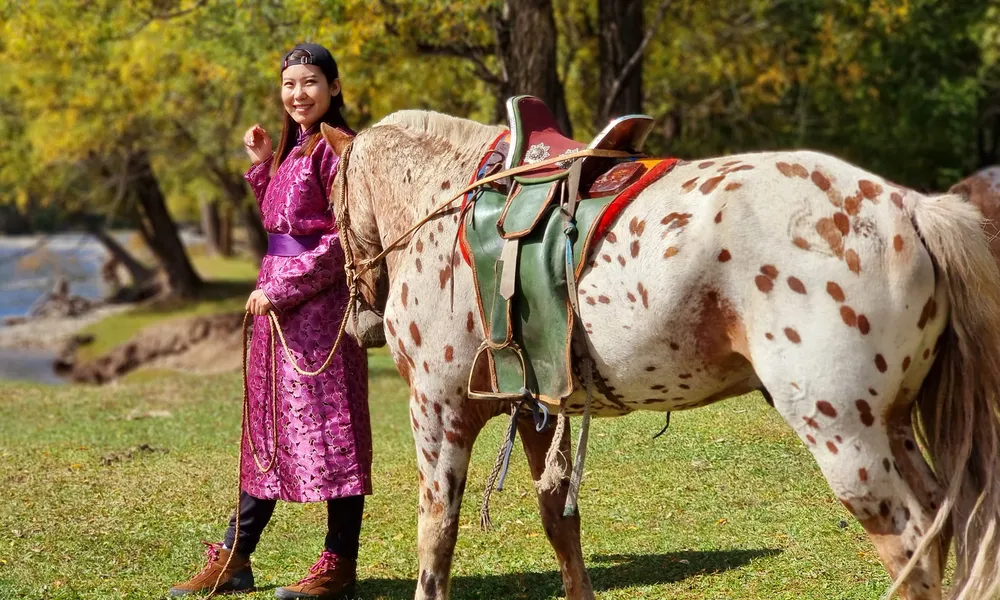
Located about 100 km west of Ulaanbaatar, is home to Mongolia’s last wild horses—takhi, or Przewalski’s horse reintroduced here in the 1990s. These golden-maned animals roam freely across 500 square km of steppe and forested hills, alongside deer, marmots, foxes, and over 200 bird species. Visitors hike, ride horses, or join wildlife tracking tours. In winter, the quiet snow-covered landscape offers crisp air and clear views for spotting animals. With cozy Ger camps nearby, Hustai is a living symbol of Mongolia’s commitment to conservation and wild beauty.
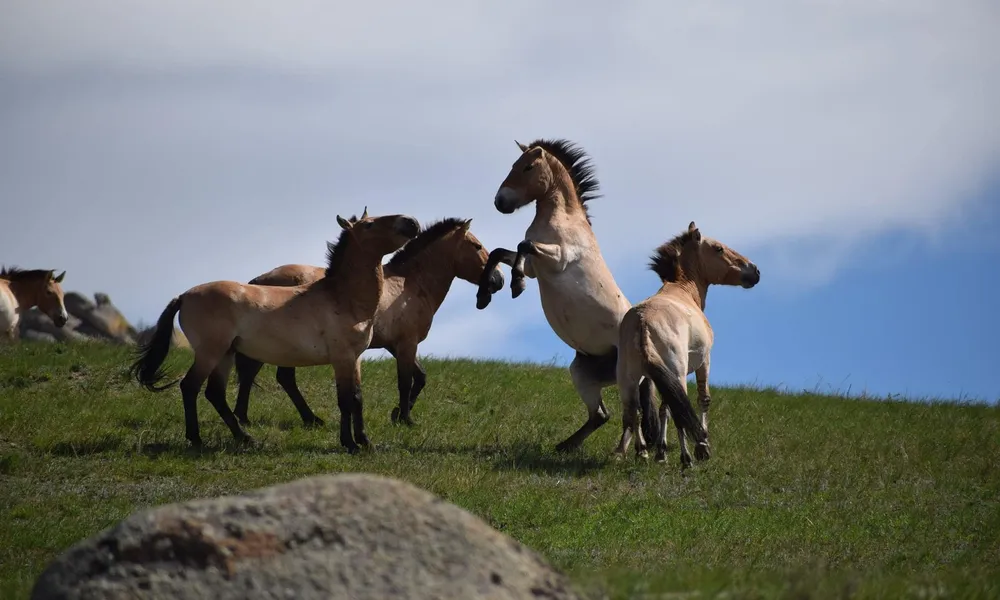
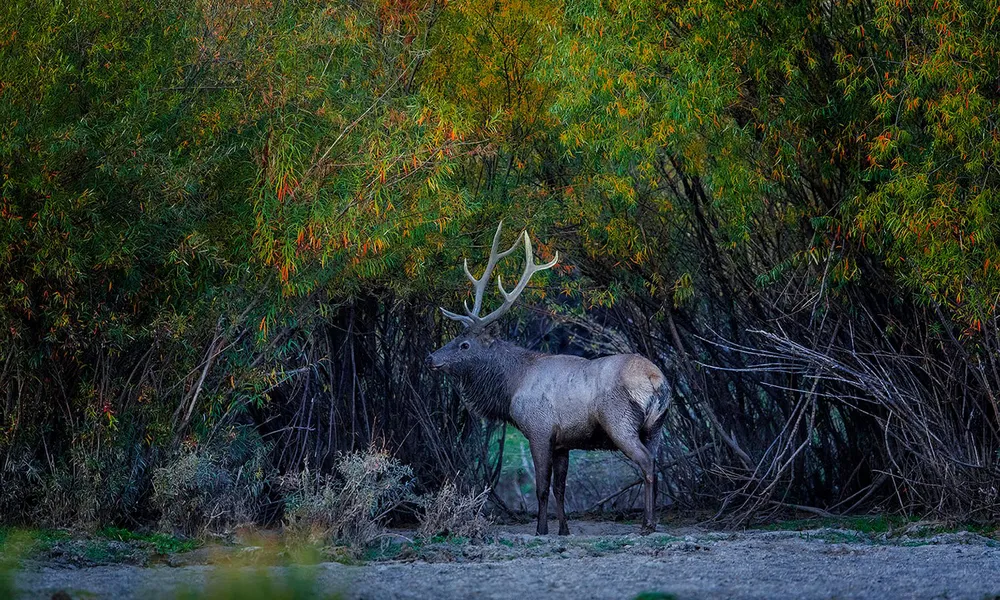
About 55 km east of Ulaanbaatar, features the world’s largest equestrian statue, 40 meters tall, roughly the height of a 13-story building. Built where legend says Chinggis Khaan found a golden whip, the site symbolizes destiny and conquest. Visitors ascend to a viewing deck atop the horse’s mane, with panoramic views of the steppe. Below, the museum showcases Mongol Empire artifacts, traditional costumes, and archaeological finds. Outside, guests can explore a royal ger replica, try archery, or pose in period armor. Monumental yet hands-on, it’s a proud tribute to Mongolia’s founding hero.
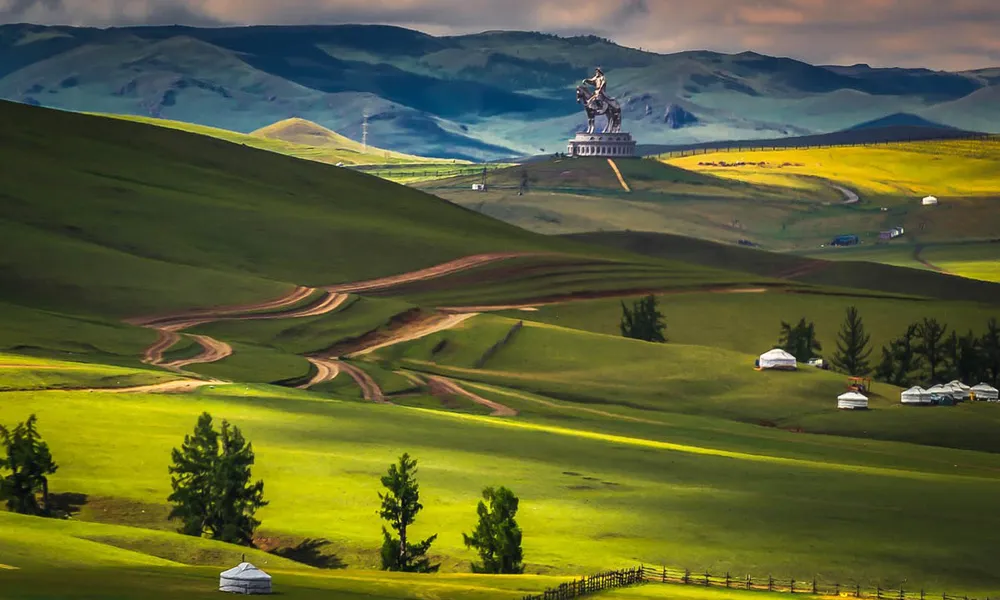
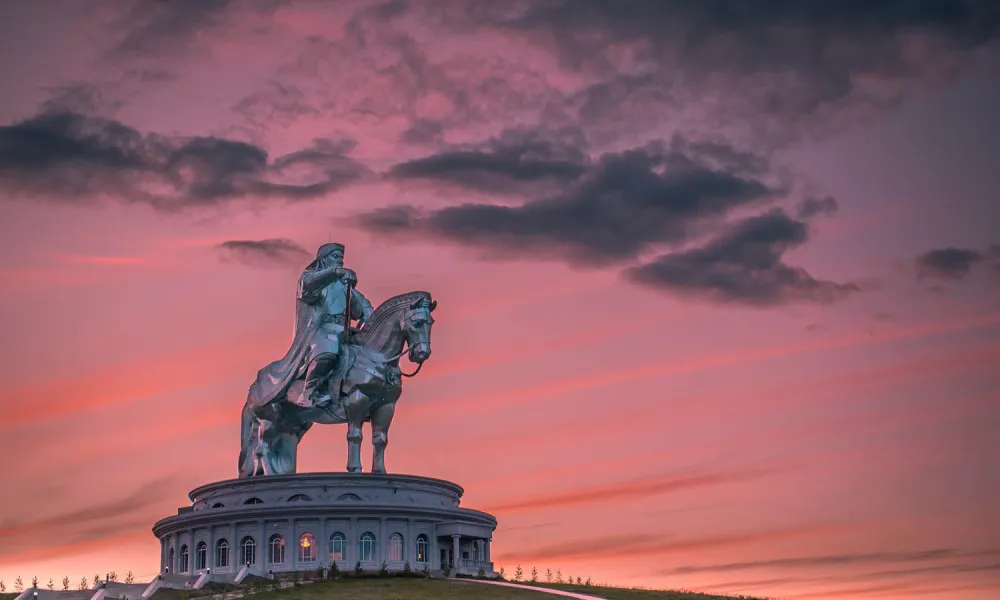
Northeast of Ulaanbaatar, spans over 12,000 square kilometers of untouched wilderness. It includes forests, alpine meadows, rivers, and rugged mountains, with snow-capped peaks reaching over 3,000 meters. As Mongolia’s highest-level conservation zone, it prohibits permanent settlements, mining, and commercial development, preserving rare wildlife such as moose, lynx, wolves, and cranes.
In summer, travelers can hike, trek, camp, ride horses, climb peaks, raft rivers, and visit nomadic families in seasonal camps. Some buffer zones allow regulated hunting. In winter, the landscape transforms into a quiet, snow-covered expanse. Dog sledding, snowmobiling, ice skating on frozen rivers and lakes, snowshoeing, and horseback riding offer crisp, invigorating adventure. Remote and raw, Khan Khentii is ideal for self-sufficient explorers seeking Mongolia’s wild heart.
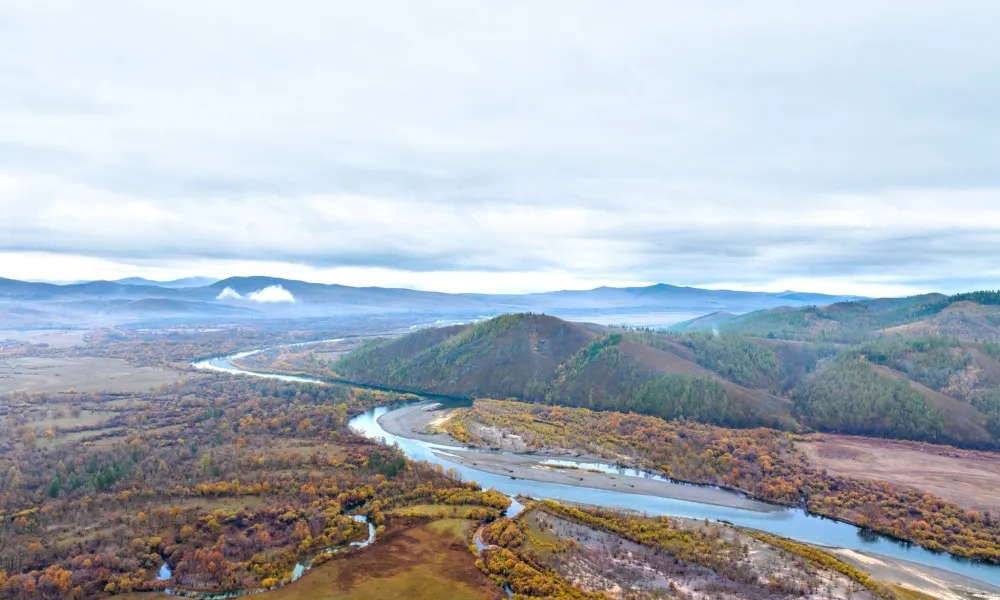
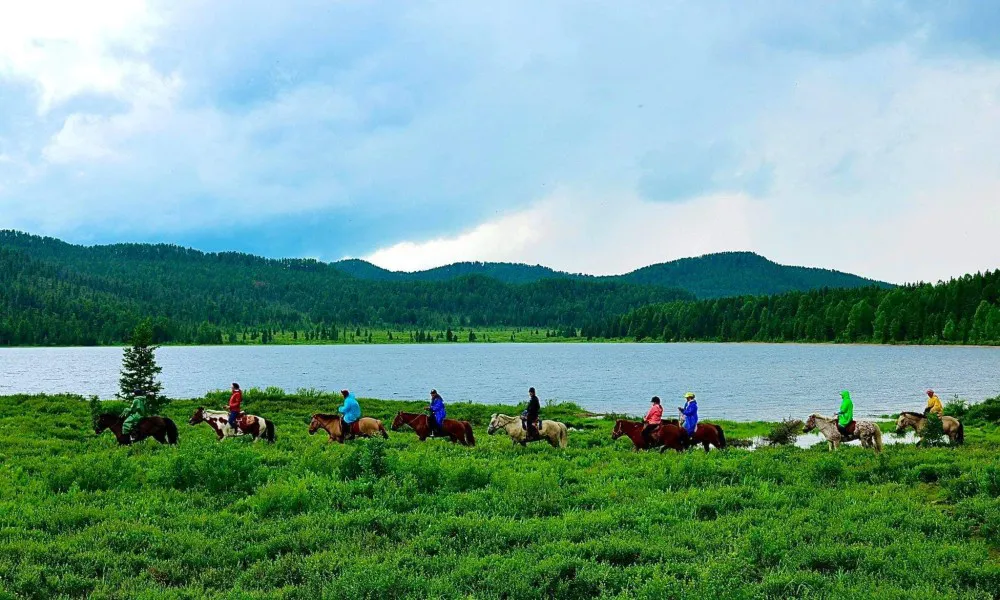
A compact yet ecologically rich destination where steppe, wetlands, rivers, and low mountains gently converge. It attracts travelers with its rare wildlife, including argali wild sheep, white-naped cranes, black storks, and Siberian marmots. The peaceful scenery and cultural encounters with nomadic families in summer add warmth and authenticity.
The landscape features classic Mongolian grasslands with rolling hills and green steppe, ideal for hiking, horseback riding, camping near the Kherlen River, and exploring the Baits Mountains. The wetlands are perfect for birdwatching and photography, and fishing is possible in the Kherlen River, with native species such as taimen, lenok, and pike. The area is accessible by motorcycle, though riders should be skilled in handling muddy tracks and soft terrain, especially after rain. For those with experience, it offers a rewarding ride through open country and quiet beauty.
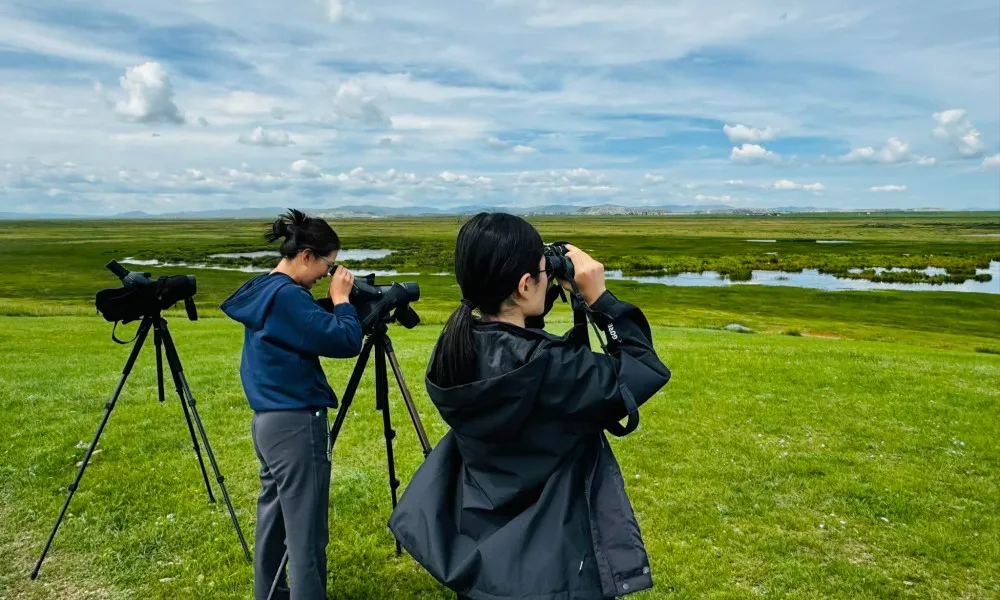
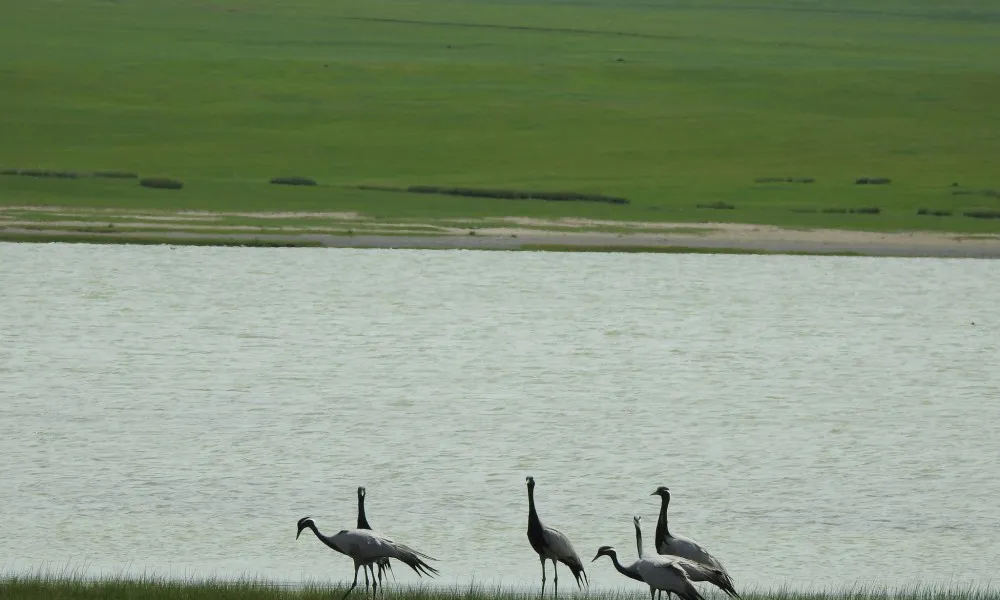
A sacred sanctuary just south of Ulaanbaatar, where spiritual heritage and year-round adventure meet beneath the watchful gaze of Bogd Khaan Mountain. Rising to 2,261 meters, the summit of Tsetsee Gun crowns Bogd Khaan Mountain, always visible to the south and marking the front edge of the Khentii range, one of Mongolia’s three major mountain systems. As one of the 108 sacred mountains of Mongolia, it has been revered and protected since the 18th century, making the surrounding park one of the world’s oldest conservation zones.
The park’s pine forests, granite cliffs, and alpine meadows offer easy access to hiking, trekking, and nature walks in warmer months, while Sky Resort, nestled on its northern slope, transforms the area into a hub for skiing and snow sports in winter. Wildlife sightings, panoramic views, and quiet forest trails make it a favorite escape for locals and travelers alike.
Tucked into the southern forest lies Manzushir Monastery, founded in 1733 as a center of Buddhist wisdom. Though much of it was destroyed in the 1930s, its restored temple and museum still welcome visitors with ancient rock carvings, a massive copper cauldron, and echoes of Mongolia’s spiritual past.
Whether you seek alpine solitude, cultural insight, or outdoor adventure, Bogd Khaan National Park offers it all just a short drive from the capital, yet worlds away in spirit.
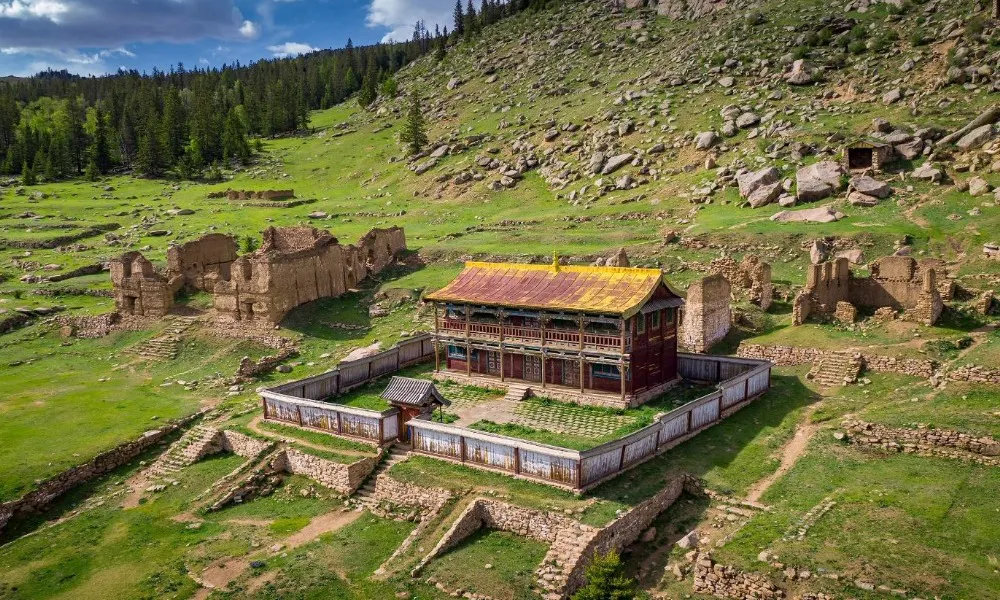
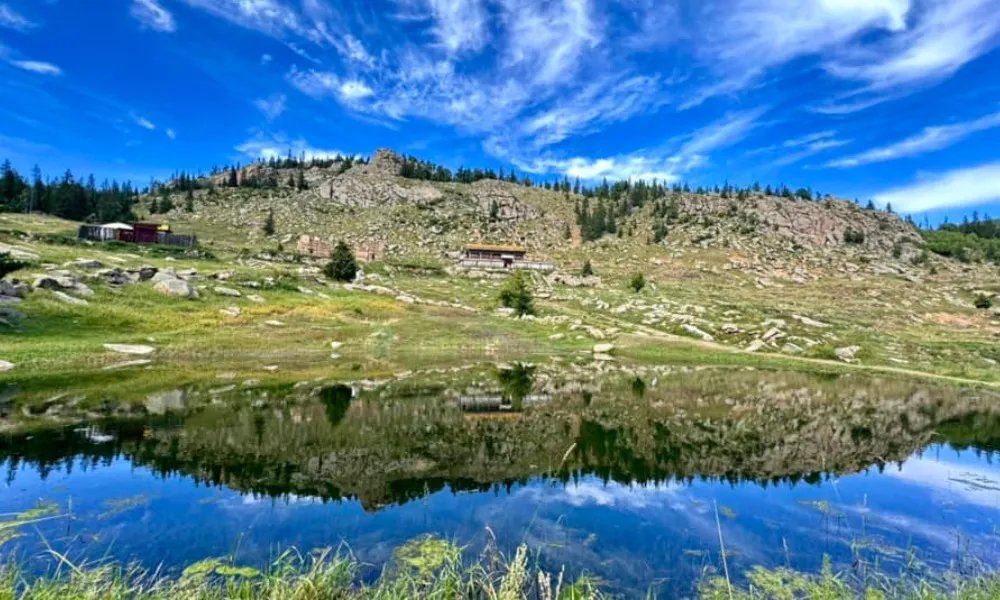
Monastery is a secluded spiritual and artistic retreat nestled in the forested hills of Bornuur district, about 100 km northwest of Ulaanbaatar.
Set amid larch forests and sculpted cliffs, the monastery is reached by a gentle uphill hike through striking natural beauty. In summer, the trail comes alive with birdsong and sightings of large wild turkeys roaming the undergrowth. Along the way, visitors pass hand-carved stone figuresdeities, animals, and mythical forms that blend seamlessly into the landscape. The temple itself houses vibrant thangka paintings, sacred relics, and a museum of contemporary Buddhist art, all framed by the quiet majesty of the mountain.
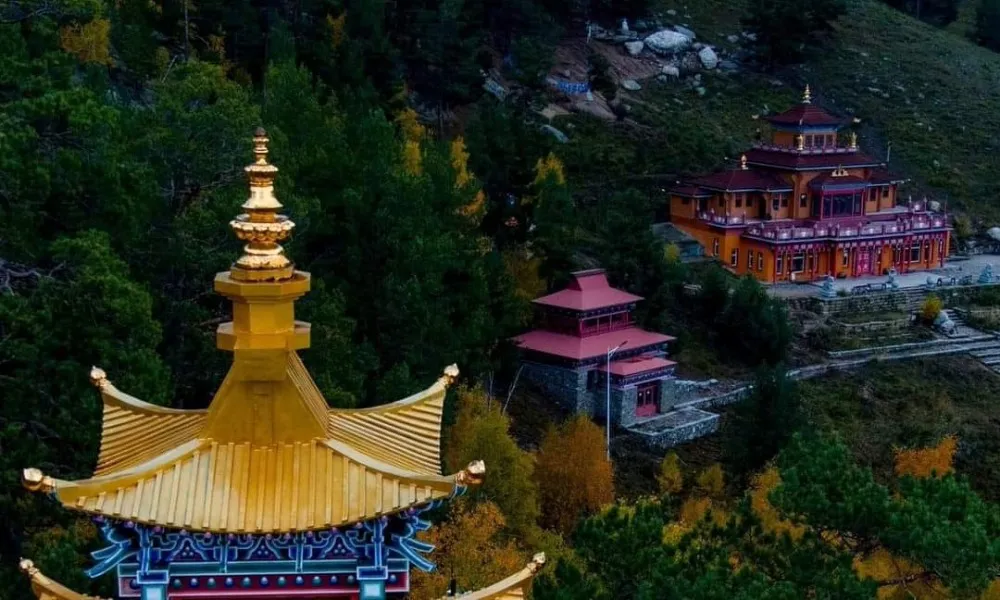
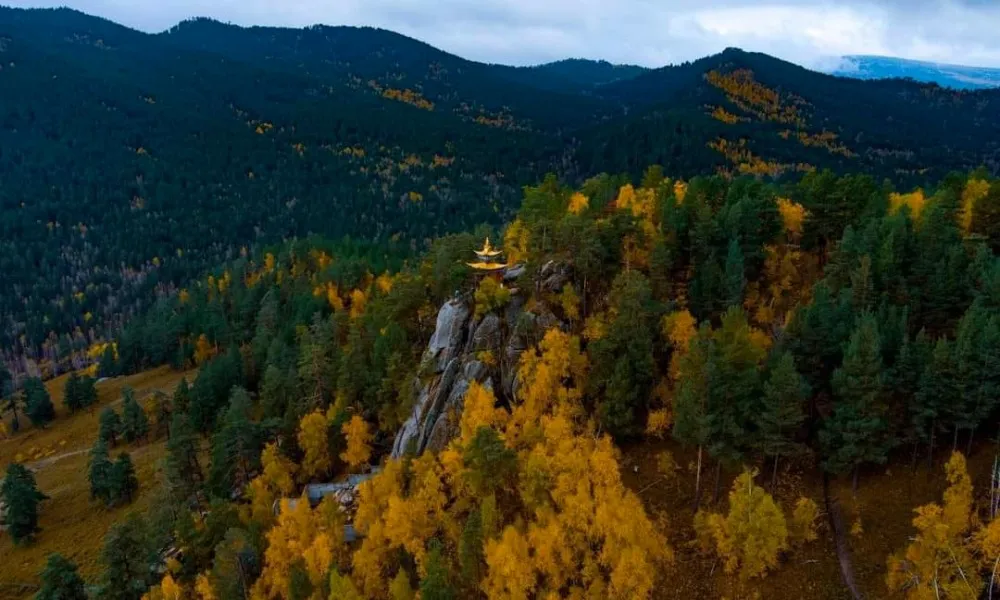
Just 50 km west of Ulaanbaatar in Argalant soum, this immersive experience unfolds in a wide open valley, the natural home of Mongolia’s herders. Guests are welcomed into a hosting ger with butter milk tea, homemade bread, airag (fermented mare’s milk), nermel (milk-distilled alcohol), and dairy treats. The family shares stories, introduces the ger, and performs folk music with throat singing and the horse-head fiddle.
Visitors explore neighboring gers, observe felt-making and milking, and witness outdoor scenes of migration by ox cart, yak load, camel caravan, and horseback. Traditional games like ankle bone flicking and thumb archery add a playful touch.
Beyond the show, guests can enjoy a Mongolian food restaurant, browse an art gallery featuring Mongolian artists, and shop for locally made souvenirs at the Mongol Nomadic brand store.
It’s a living museum of movement, hospitality, and heritage, just an hour’s drive from the capital.
